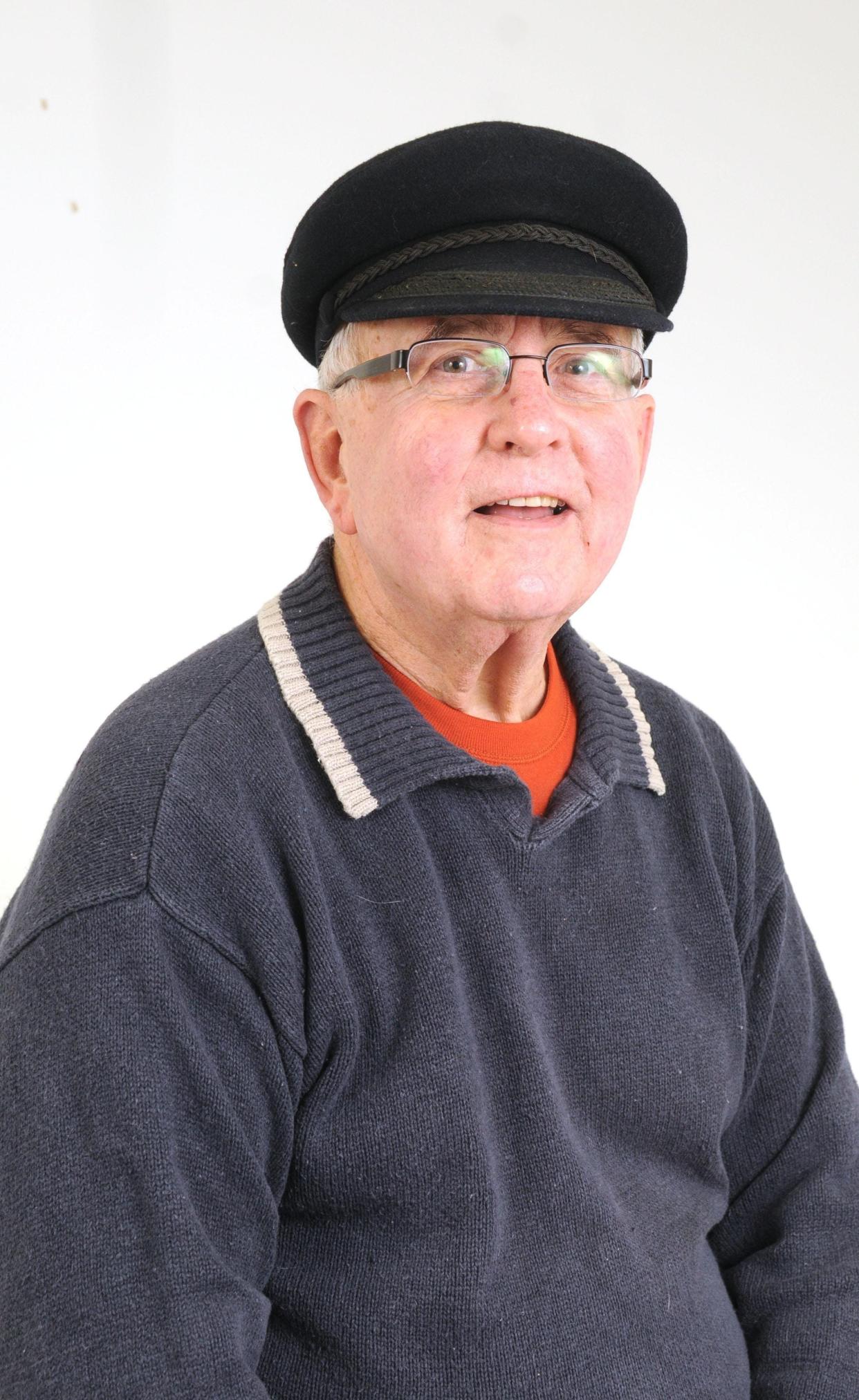Dale Wyngarden: We live a long time with the decisions we make
A half-century ago, our city planners saw businesses start migrating from downtown to highway strip centers, big box stores, and eventually malls. Eager to capture the new growth and tax base, zoning officials typically opened the door to commercial development.
Fearing that every gateway to Holland could become a commercial roadway with inevitable commercial traffic and acres of asphalt parking, East 16th Street was planned, preserved and eventually built as a residential boulevard. That entryway to our community, along with a short portion of M-40 through our industrial park, rises head and shoulders aesthetically above other gateways.
The initial investment in a boulevard was certainly more costly than four or five lanes of asphalt.
So also are the ongoing yearly maintenance costs. It is a choice our leaders keep making.

Home-rule cities like Holland and Zeeland have a long tradition of investing in community aesthetics. It started with a realization that vibrant downtowns are the result of public and private partnership in the care and quality of public space. We’re closing in on a century of tulip festivals, supported by city taxpayers, where the greatest investment is in the downtown area.
And when the tulips are gone, annual flowers are planted: at the depot park, in countless downtown planters, at Window on the Waterfront, at Centennial Park and at the Civic Center.
Pride in public space began downtown in cities like Holland and Zeeland. It didn’t end there, though. Holland also supports a forestry crew that plants and maintains curbstrip trees, in addition to crews that groom parks and cemeteries.
The city and its taxpayers can only tote so much of the load, though. Townships have typically created parks and park departments, but despite an abundance of commercial development never developed around an urban core resembling a downtown. Many outlying residents identify downtown Holland or Zeeland as their “downtown,” happy to claim the association, but without contributing to the support. County Road Commissions and the Michigan Department of Transportation are major stakeholders in the urban landscapes. But they are challenged to simply maintain concrete and asphalt, with little interest or capacity for roadside landscape aesthetics. When they mow periodically, it is for weed control, not beautification. As for trees, they’d just as soon have none in any proximity to roads or highways.
So streets like the 16th Street Boulevard that purposely showcase streetscape aesthetics are something of an outlier in our urban area. Thankfully, a remarkable number of private businesses have stepped up to the plate. The vast majority of them incorporate the curb lawn, technically part of the street or highway right-of-way, not private property, into their landscape design and maintenance programs. This is especially challenging but rewarding along US-31 where security fences separate private yards from highway land.
Even when handicapped by soggy drainage ditches and stands of cat tails, many businesses do their best to carry a groomed appearance to the pavement edge. Businesses that seem content letting 40 or 50 feet of weeds separate their front door from the highway would do well, and serve our community, by taking inspiration from their neighbors who care. Often the difference is little more than 20 minutes with a mower or weed whip.
So while we score “pretty good” on the scale of roadside and public space aesthetics, there is still ample room for improvement. We are also doomed to live with the consequences of communication and funding gaps between engineers, planners and environmentalists outside of home-rule cities. It’s hard to cross the River Avenue bridge without grieving the lack of vision that led to the median finished with a barren slab of concrete instead of a showcase planter. The civic leadership of the local Brooks family elevated the gateway and perimeter of the bridge, but design engineers missed a golden opportunity to raise the bridge deck itself above the level of humdrum.
So here’s a shout of appreciation to the cities and businesses who invest in the aesthetics of the community we call home. And here’s an invitation to those who don’t to get on the bandwagon.
And finally, a challenge to county and state road and highway agencies to never again design a bridge or highway without inviting a planner or environmentalist to a seat at the table.
We live a long time with the decisions we make. For better or for worse.
— Community Columnist Dale Wyngarden is a resident of the city of Holland. He can be reached at wyngarden@ameritech.net.
This article originally appeared on The Holland Sentinel: Dale Wyngarden: We live a long time with the decisions we make
